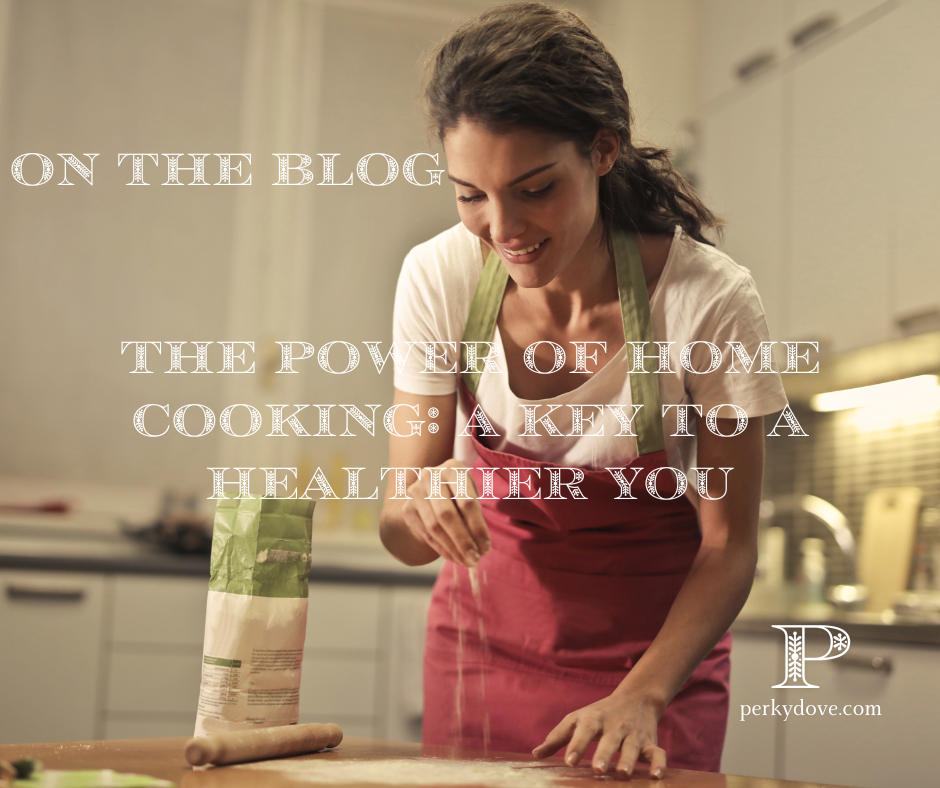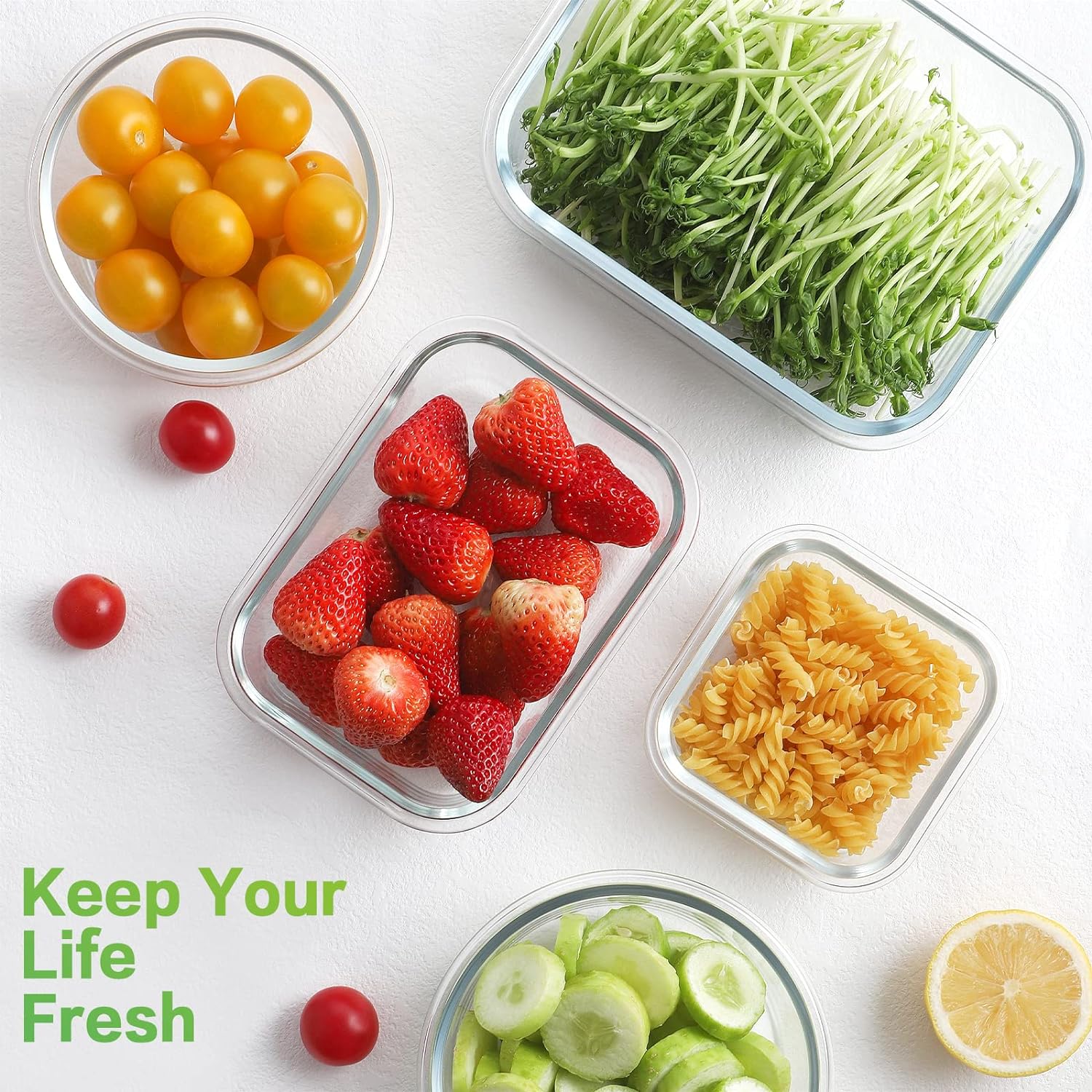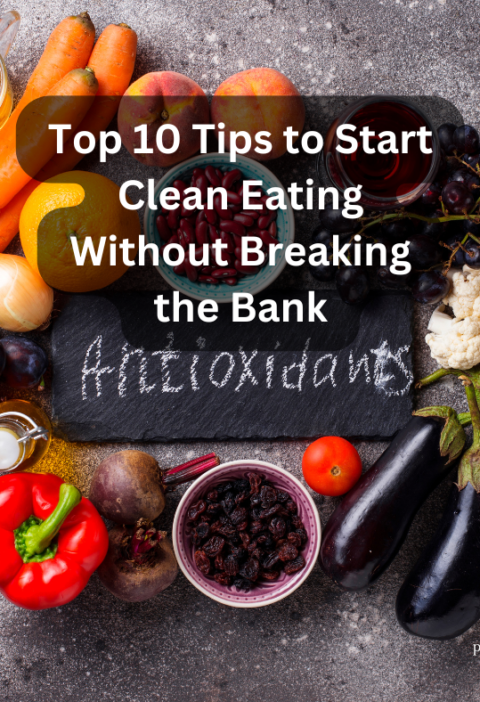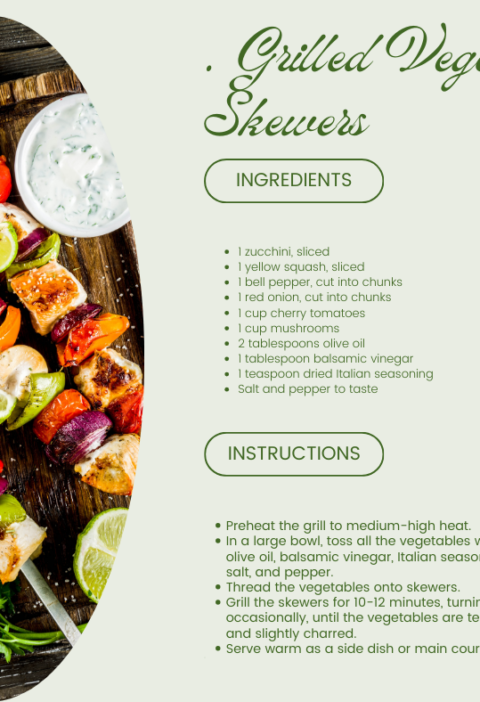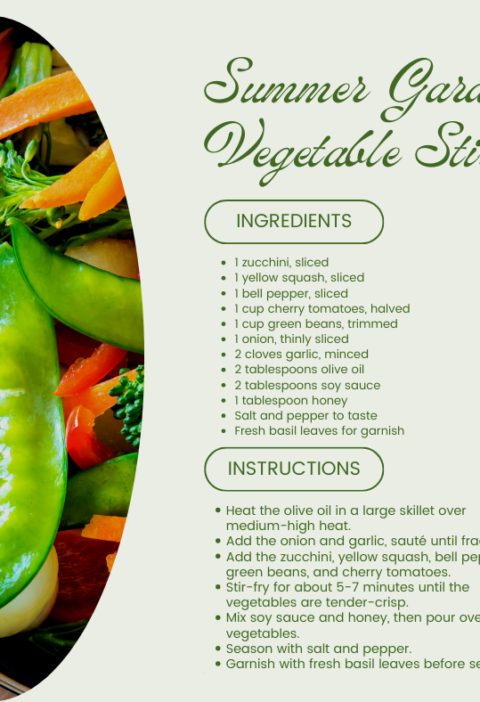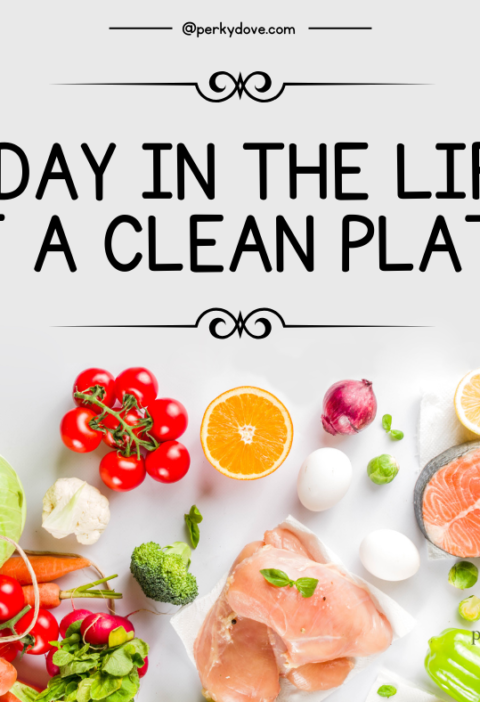We use affiliate links. If you purchase something using one of these links, we may receive compensation or commission.
I still remember the moment I realized how much home cooking mattered. It wasn’t a grand epiphany, just a simple, quiet realization. I was standing in my kitchen, stirring a pot of soup, watching fresh vegetables and herbs swirl together, filling the room with warmth and comfort. And it hit me: this—this simple act of cooking—was one of the most powerful things I could do for my health.
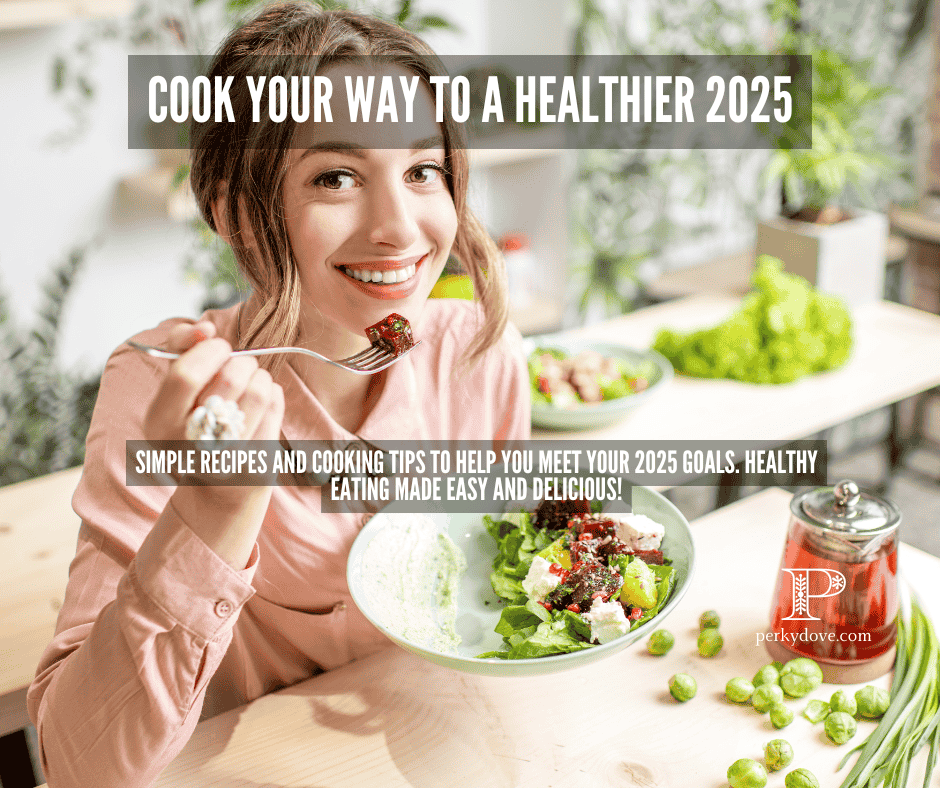
For years, I had fallen into the trap of convenience. I’d grab takeout on my way home, rely on packaged meals, and tell myself I was too busy to cook. But those meals always left me feeling sluggish, unsatisfied, and disconnected from my food. It wasn’t until I made the conscious decision to return to my own kitchen that I truly understood the impact of home cooking.
Why Home Cooking Is a Game-Changer for Your Health
When you cook at home, you’re not just making meals—you’re making decisions about your health. You control the ingredients, the portions, and the flavors. You decide what goes into your body, and more importantly, what stays out.
Think about it: when was the last time you checked the sodium content of a restaurant meal? Or questioned the additives in a frozen dinner? Most people don’t. But the truth is, those meals are often loaded with hidden sugars, unhealthy fats, and preservatives—things that wouldn’t even be necessary if you made the same dish at home.
And it’s not just about avoiding the bad stuff. Home cooking gives you the power to add what your body truly needs—more fresh vegetables, healthy proteins, fiber-rich grains, and nourishing spices. Your meals become intentional, not just convenient.
Crovora 6 Quart Enameled Cast Iron Dutch Oven Pot with Lid + 10" Banneton Bread Proofing Basket set, Dutch Oven for Bread Baking & Cooking with Dual Handles, Sourdough Bread Baking Supplies
Cooking at Home vs. Eating Out: A Reality Check
Let’s be honest—eating out feels easier. It saves time, requires no cleanup, and lets someone else do the work. But what’s the real cost?
- Excess Salt & Sugar: Restaurant meals often contain twice the daily recommended amount of sodium. Many dishes are also packed with hidden sugars that spike blood sugar and lead to energy crashes.
- Portion Distortion: The average restaurant portion is significantly larger than what we need, leading to overeating.
- Ultra-Processed Ingredients: Even “healthy” restaurant options are often pre-packaged and full of preservatives.
Amazon Basics Glass Locking Lids Food Storage Containers, 14-Piece Set, 7 Count of Bases and 7 Plastic Lids, Clear, Blue
On the other hand, when I cook at home, I know exactly what I’m eating. I can make a pasta dish that’s just as delicious but without the excessive butter and salt. I can enjoy a warm, hearty soup without the mystery ingredients. And the best part? It tastes better because I made it.
How I Made Home Cooking a Habit—And How You Can Too
Starting small was key for me. I didn’t overhaul my entire lifestyle overnight—I just made one simple decision: cook one more meal at home each week. That’s it.
I stocked my kitchen with fresh, whole ingredients and let go of the idea that every meal had to be elaborate. I embraced meal prepping, learned a few go-to recipes, and invested in kitchen tools that made cooking easier. Before I knew it, home cooking wasn’t a chore—it was second nature.
If you’re new to cooking at home, here are a few tips that helped me:
✅ Keep it simple. You don’t need gourmet recipes. Start with easy, nourishing meals like stir-fries, soups, or roasted vegetables.
✅ Prep in advance. Chop veggies, marinate proteins, and cook grains ahead of time to save time during the week.
✅ Make it enjoyable. Play music, listen to a podcast, or cook with a loved one. Cooking shouldn’t feel like a burden—it should be something you look forward to.
6-Quart Whisper Quiet 9-in-1 Electric Pressure Cooker, Slow Rice Steamer, Sauté, Yogurt Maker, Warmer & Sterilizer, Free App with 800+ Recipes, Stainless Steel
Beyond Health: The Emotional & Social Benefits of Home Cooking
Something else happened when I started cooking at home—I found joy in it. Cooking became my creative outlet, my stress reliever, my way of slowing down in a world that constantly pushes us to go faster.
I also saw how it strengthened my relationships. Sitting down to a home-cooked meal with family, sharing stories over a dish I prepared with love—that’s the kind of nourishment no restaurant can offer.
COSORI Electric Pressure Cooker 6 qt, 9-in-1 Instant Multi Cooker with Safer Venting Design, Rice Cooker, Slow Cooker, Sous Vide, Saute Pot, 1100W, Stainless Steel
Your Health, Your Kitchen—Take the First Step
I won’t tell you that home cooking is always easy. Life is busy, and we all have days when ordering in sounds tempting. But I will tell you this: every meal you make at home is an investment in your health. Every time you chop, stir, and season your food, you are making a choice to nourish your body and mind.
So here’s my challenge to you: cook one extra meal at home this week. Just one. And notice how it makes you feel—not just physically, but emotionally.
Because when you start to see your kitchen as a tool for wellness, everything changes.
Now, tell me—what’s the first meal you’re going to cook? 😊
Take the First Step: Cook Your Way to Better Health
Lid, 13-in-1 Air Fryer and Pressure Cooker Combo, Sauté, Slow Cook, Bake, Steam, Warm, Roast, Dehydrate, Sous Vide, & Proof, App With Over 800 Recipes, 6.5 Quart, B...
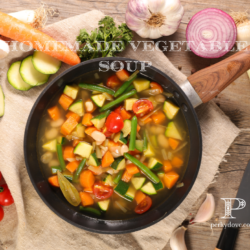
Simple & Nourishing Homemade Vegetable Soup
Equipment
- Pressure Cooker
- Canning Supplies
- Labels
Ingredients
- Serves 4-6
- 2 tablespoons olive oil
- 1 small onion diced
- 2 cloves garlic minced
- 2 carrots chopped
- 2 celery stalks chopped
- 1 zucchini diced
- 1 bell pepper diced (any color)
- 1 can 14.5 oz diced tomatoes (with juice)
- 4 cups vegetable broth or water with bouillon
- 1 cup chopped cabbage or spinach for extra greens
- 1 teaspoon dried thyme
- 1 teaspoon dried oregano
- ½ teaspoon smoked paprika optional for depth
- Salt & black pepper to taste
- 1 can 15 oz white beans or chickpeas, drained and rinsed (optional for protein)
- ½ cup cooked quinoa rice, or small pasta (optional for heartiness)
- 1 tablespoon lemon juice for brightness
- Fresh parsley or basil for garnish
Instructions
- Instructions:
- Sauté the Aromatics: In a large pot, heat the olive oil over medium heat. Add the onion, garlic, carrots, and celery. Cook for about 5 minutes until softened.
- Add the Veggies & Seasonings: Stir in the zucchini, bell pepper, thyme, oregano, smoked paprika, salt, and pepper. Let cook for another 2 minutes.
- Simmer: Pour in the diced tomatoes (with juice) and vegetable broth. Bring to a boil, then reduce heat to low and let simmer for 15-20 minutes.
- Add the Greens & Protein: Stir in the chopped cabbage or spinach and beans (if using). Let simmer for another 5 minutes.
- Final Touches: Add the lemon juice for a fresh, bright flavor. Taste and adjust seasoning as needed.
- Serve & Enjoy: Garnish with fresh parsley or basil and serve warm.
- 🥄 Optional Additions:
- Add shredded chicken or turkey for extra protein.
- Stir in a spoonful of pesto for a burst of flavor.
- Sprinkle Parmesan cheese on top for a cheesy finish.
- This soup is a perfect example of why home cooking is so powerful—it’s simple, wholesome, customizable, and packed with nutrients. Plus, it’s great for meal prepping!
